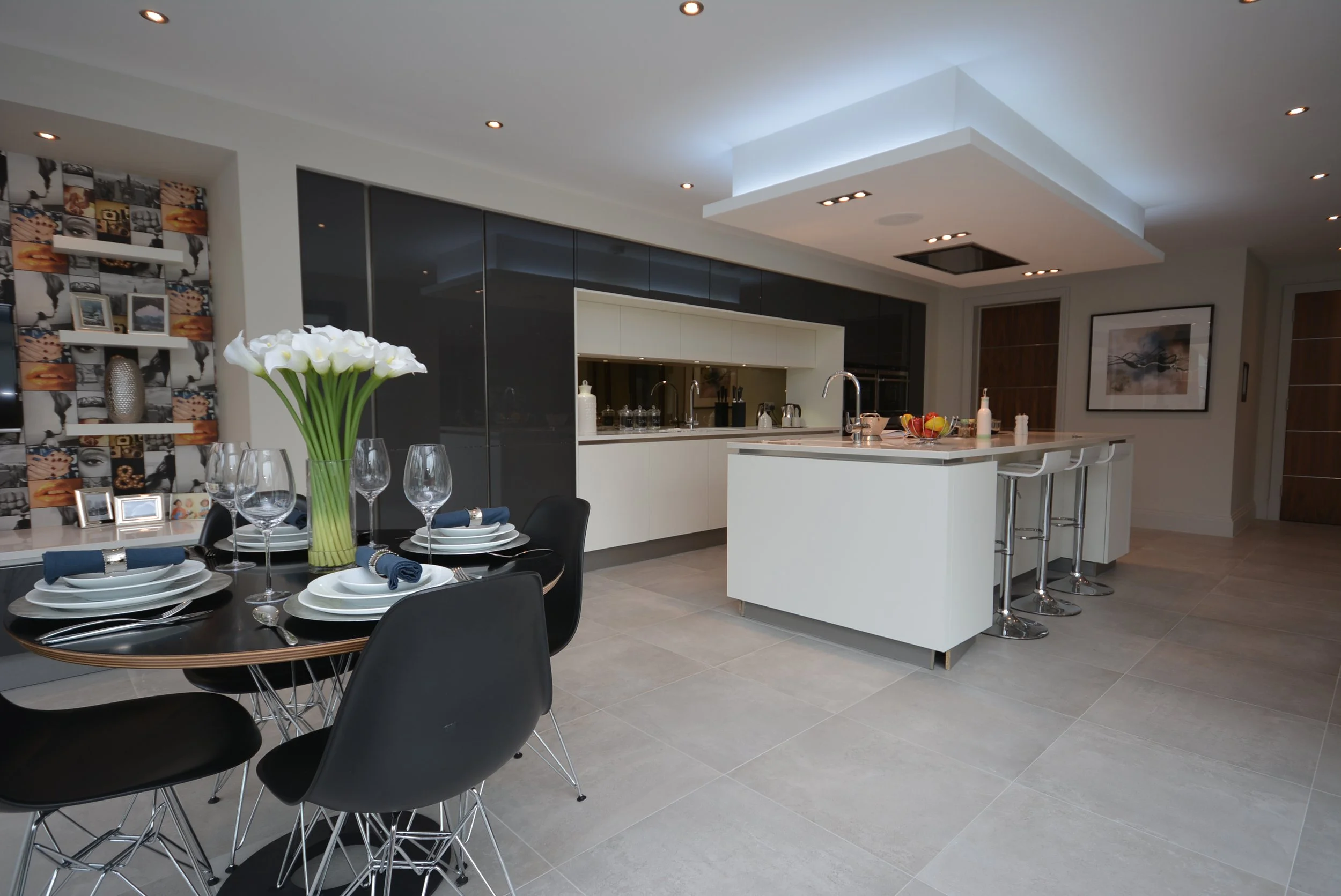THE ULTIMATE GUIDE TO WOOD BURNING STOVES
A wood-burning stove can be a great focal point in your living room, creating a warm, cosy feel. Nothing beats the sound or smell of an open fire with its dancing flames, but stoves are more efficient than open fireplaces, and can even save you money on your heating bills.
What is a wood burning stove?
Let’s start with the basics, a wood burning stove is how would you expect; a fireplace that generates heat and light through burning wood fuel and wood derived biomass fuel.
Log burning stoves, especially the eco-friendly models now in favour, will not only produce more heat than your traditional fireplace, but they also add less smoke into the atmosphere.
And you’re not just limited to wood, multi-fuel stoves are also on the market, giving you the chance to burn the most environmental fuel out there.
On the whole, a wood-burning stove is usually built without a fixed grate but with a flat base where the ash collects - ready for collection. This flat base also has the added benefit of helping your fuel burn more efficiently, as wood combusts more effectively on an even base of ash.
What should I look for when buying?
Always make sure you buy a stove with the CE marking. This tells you that it meets the right EU safety, health and environmental standards.
The Government has introduced a certification for stoves that meet green standards. These appliances, soon to be the only available in stores, are labelled with an "ecodesign" sticker and have improved air circulation that burns more cleanly.
As well as looking for this sticker, check the efficiency rating and emissions level on your stove. If you live in a smoke-controlled area, like London, the only stoves you can legally buy are DEFRA-approved smoke exempt ones, which have been tested for emission levels during all stages of normal operation.
All of the main stove manufacturers now make all of their stoves green, according to Milligan. Some brands to look out for are Stovax, Charlton & Jenrick, Charnwood, and Jøtul.
“Every room needs a focal point, and what better way to achieve this than with a beautiful fireplace?”
What size wood burner will I need?
This is a very important question!
Stove sizes are measured by how much heat they kick out in kilowatts (kW) and range from 3kW to over 15kW. If you choose one that’s too big for your room, you’ll have the windows open the whole time. Likewise, if you choose one that’s too small, you simply won’t be warm enough.
To get a rough idea of what size stove you’ll need, Which? suggests multiplying the room’s height, width and length in metres, then dividing it by 14. Although this calculation is helpful, don’t use it to buy a stove. Your engineer will be able to tell you exactly what you’ll need.
Who can install my log burner?
Theoretically, you can install a wood-burning stove yourself, so long as you comply with UK Building Regulations (in England or Wales only). But, for most of us, it would be much simpler and safer to call in the professionals.
It’s best to use an engineer that’s registered with HETAS, as they’re the government-recognised specialists.
Want to Discuss your project?
Fireplaces
Advantages And Disadvantages Of Broken Plan Living
Similarly, there are several pros and cons of a wood-burning stove. Let’s see what those are:
Pros:
Eco-friendly - If you use gas and electric equivalents that get their power from fossil fuels, they’ll produce on average 0.198 kg and 0.517 kg of CO2 per kWh respectively. In comparison, an eco-friendly wood burning stove only generates 0.008 kg of CO2.
Cut your bills
Increased well-being - The light in our home makes a big difference to our well-being.
Cons:
Smoke restrictions - Because of the polluting effect smoke can have, many cities are now introducing smoke controlled areas.
Upfront costs
Increased well-being - The light in our home makes a big difference to our well-being.













